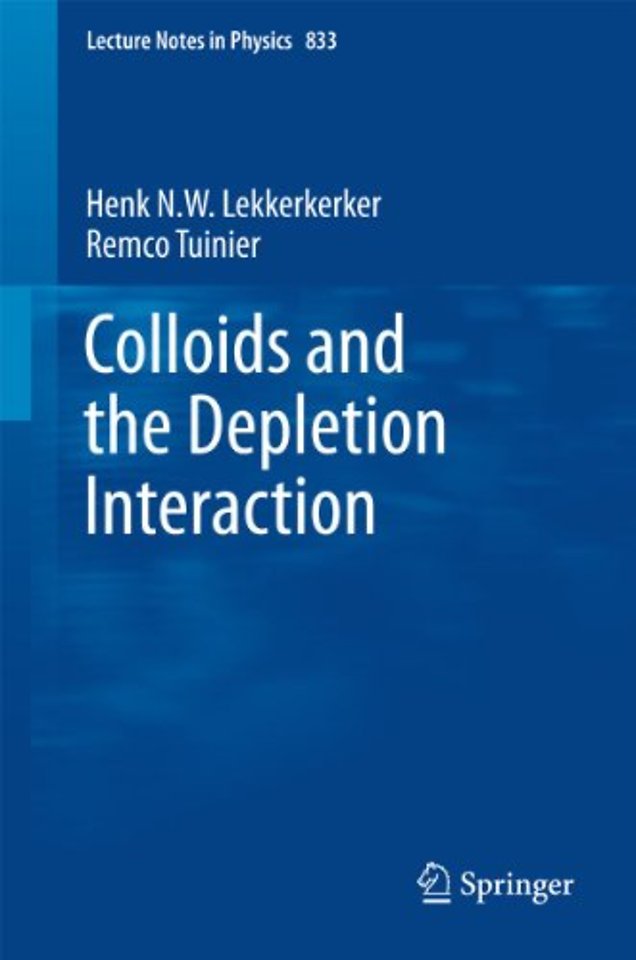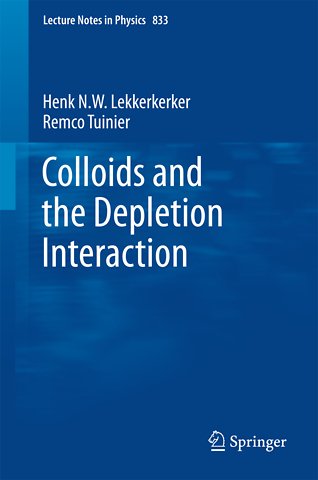Colloids and the Depletion Interaction
Paperback Engels 2011 2011e druk 9789400712225Samenvatting
Colloids are submicron particles that are ubiquitous in nature (milk, clay, blood) and industrial products (paints, drilling fluids, food). In recent decades it has become clear that adding depletants such as polymers or small colloids to colloidal dispersions allows one to tune the interactions between the colloids and in this way control the stability, structure and rheological properties of colloidal dispersions. This book offers a concise introduction to the fundamentals of depletion effects and their influence on the phase behavior of colloidal dispersions. Throughout the book, conceptual explanations are accompanied by experimental and computer simulation results.From the review by Kurt Binder:
"They have succeeded in writing a monograph that is a very well balanced compromise between a very pedagogic introduction, suitable for students and other newcomers, and reviews of the advanced research trends in the field. Thus each chapter contains many and up to date references, but in the initial sections of the chapters, there are suggested exercises which will help the interested reader to recapitulate the main points of the treatment and to deepen his understanding of the subject. Only elementary knowledge of statistical thermodynamics is needed as a background for understanding the derivations presented in this book; thus this text is suitable also for advanced teaching purposes, useful of courses which deal with the physics for soft condensed matter. There does not yet exist any other book with a similar scope.....
The readability of this book is furthermore enhanced by a list of symbols, and index of keywords, and last not least by a large number of figures, including many pedagogic sketches which were specifically prepared for this book. Thus, this book promises to be very useful for students and related applied sciences alike."
Eur. Phys. J. E (2015) 38: 73
Specificaties
Lezersrecensies
Inhoudsopgave
Rubrieken
- advisering
- algemeen management
- coaching en trainen
- communicatie en media
- economie
- financieel management
- inkoop en logistiek
- internet en social media
- it-management / ict
- juridisch
- leiderschap
- marketing
- mens en maatschappij
- non-profit
- ondernemen
- organisatiekunde
- personal finance
- personeelsmanagement
- persoonlijke effectiviteit
- projectmanagement
- psychologie
- reclame en verkoop
- strategisch management
- verandermanagement
- werk en loopbaan

